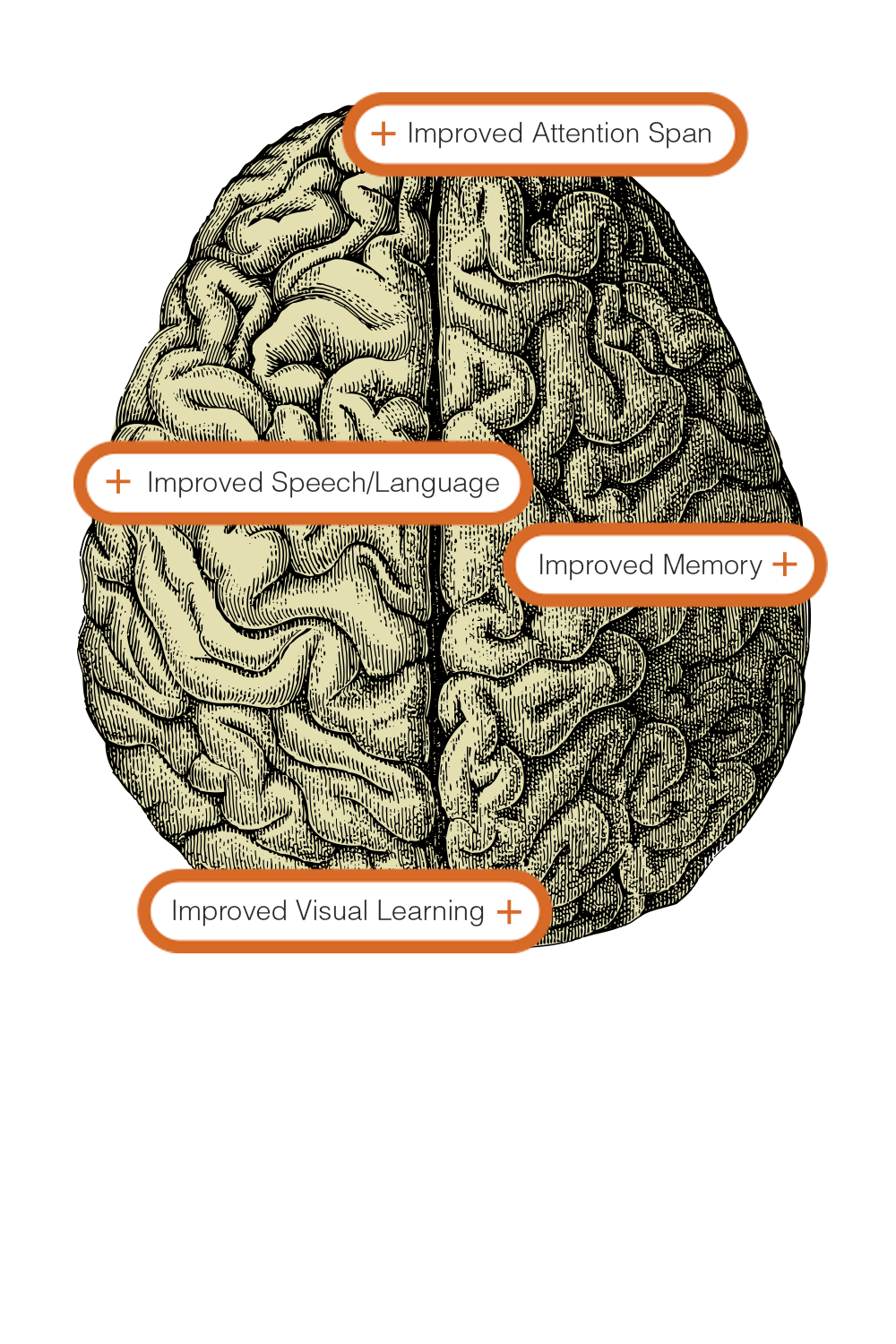Harnessing the Potential of Biometric Feedback to Revolutionize Chronic Pain Control and Enhance Quality of Living
Harnessing the Potential of Biometric Feedback to Revolutionize Chronic Pain Control and Enhance Quality of Living
Blog Article
Chronic pain is a condition that affects millions of individuals across the world. It can be triggered by various factors, including injuries, illnesses, or even stress. For many patients, controlling chronic pain can be a daily challenge that impacts their quality of life. Traditional treatments often include drugs, physiotherapeutic therapy, and sometimes surgery. However, these approaches do not always offer the alleviation that individuals seek. Recently, biofeedback has surfaced as a potential alternative for controlling chronic pain and enhancing overall well-being.
Biofeedback is a method that educates patients how to control certain bodily functions by utilizing signals from their own physiology. This method includes using sensors that track physiological functions such as heart rate, muscle tension, and skin temperature. By providing immediate feedback, patients can discover to recognize their body's responses to pain and stress. This awareness allows them to formulate strategies to handle their pain more effectively. For instance, if a person observes that their muscle tension increases when they are in pain, they can utilize relaxation strategies to help alleviate that tension.
One of the key advantages of biofeedback is that it enables individuals to take an proactive role in their pain control. Instead of depending solely on drugs or treatments from healthcare providers, patients why not look here can learn to comprehend and regulate their own physiology. This feeling of control can lead to enhanced confidence and a more optimistic outlook on life. Many individuals indicate feeling more in control of their pain and less like sufferers of their syndrome. This change in mindset can substantially enhance their quality of life.
Research has demonstrated that biofeedback can be beneficial in alleviating chronic pain indicators. Research suggest that individuals who employ biofeedback methods often undergo less pain and better physical function. Additionally, biofeedback can help reduce anxiety and stress, which are common issues for those living with chronic pain. By tackling both the physical and psychological aspects of pain, biofeedback provides a holistic approach to pain management. This integrated method can lead to superior outcomes for individuals, allowing them to participate more completely in their daily activities.
In conclusion, biofeedback is a valuable tool for transforming chronic pain management. By educating patients to comprehend and regulate their physiological reactions, biofeedback enables patients to take control of their pain. This method not only helps alleviate pain but also improves overall standard of life. As more individuals look for alternatives to traditional pain management methods, biofeedback stands out as a promising solution. With ongoing investigation and recognition, biofeedback could become an essential part of chronic pain treatment, helping individuals lead more fulfilling, more satisfying lives.